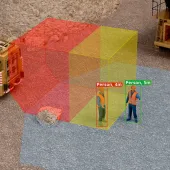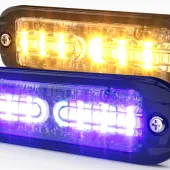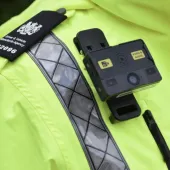Eurovia Roadstone aim to improve cyclist safety
Asphalt production company fits proximity sensors to HGVs in London, Essex, Suffolk and Kent
EVERY year several cyclists are killed or seriously injured on Britain’s highways and a large number of these accidents involve lorries turning left, as the driver often does not have clear visibility of cyclists alongside the vehicle, due to blind spots.
A study by the Transport Research Laboratory found that 23 out of 92 fatal collisions in London were the result of large vehicles turning left.
With a fleet of 38 liveried vehicles delivering asphalt across central London, Essex, Suffolk and Kent, some two years ago asphalt production company Eurovia Roadstone, in conjunction with Brigade Electronics plc, set out to develop a solution to the growing problem of cycle safety.
As a result, a combination of proximity sensors, cameras and display monitors was trialled on two vehicles operating in London. The success of these trials has, in turn, resulted in a commission to extend the system to remainder of the company’s fleet of liveried asphalt delivery vehicles.
The technology works by mounting sensors at various points along the vehicle which activate when the driver indicates to turn left. If the sensors detect activity an alarm is triggered and a camera mounted on the vehicle’s wing mirror relays an image to a small monitor in the cab, allowing the driver to see any potential hazards.
In addition, when the driver indicates to turn left, an external audible warning device announces: ‘Caution, truck tuning left’. The sensors are also speed sensitive to prevent false alerts when the vehicle is travelling at higher speeds away from urban environments.
‘This system requires a relatively low investment but can deliver huge road safety benefits,’ said Pat Riley, director of Eurovia Roadstone. ‘Fitting one heavy-goods vehicle with the sensors, camera and audible alert costs in the region of £750 – a small price to pay for a reduction in casualties and potential loss of life.’









